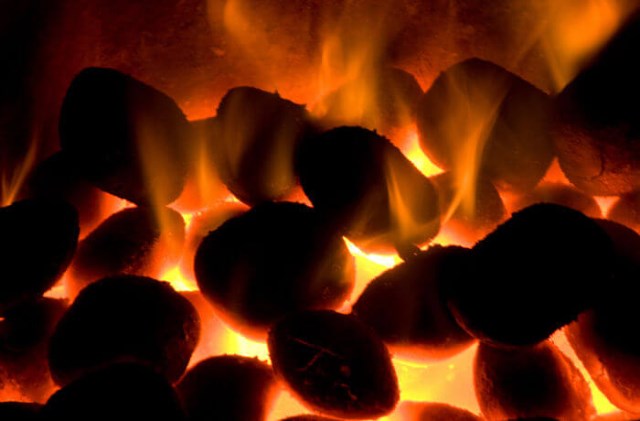High seaborne thermal coal prices in the aftermath of Russia’s invasion of Ukraine have increased the risk of contract default by price-sensitive buyers in Asia as index values have gone up substantially amid tight supply globally, market sources told S&P Global Commodity Insights March 7.
Since contracts are linked to the index and as index values have risen for all the coal grades and origins, sources stared at a possible default by end-users and buyers.
The development comes after coal prices jumped amid buyers of Russian coal in Japan, South Korea, China and Europe looking for alternatives in Indonesia, Australia, South Africa and the US.
The Kalimantan 4,200 kcal/kg GAR price has risen by 27.6% since Feb. 23, the day before Russia invaded Ukraine, to $98.3/mt FOB on March 4. The price of 5,900 kcal/kg GAR has jumped 43.6% during the same period, S&P Global data showed.

Sources said some buyers, mostly from “price-sensitive” markets like Vietnam, India and Thailand are not prepared to pay the prevailing rates in the near term as it is commercially unviable for them.
“I think the situation [of default] could arise not because of choice but because of helplessness. Buyers from some of these countries simply cannot afford the current prices, they don’t have the means to do it,” an Indonesia-based trader said.
India and Indonesia-based traders said that such a surge in prices has now taken the market to a risky position, where some buyers may not be willing to honor contracts.
“The prices of power are fixed, or not flexible in relation to the coal market so it becomes unviable for power producers to buy at the current prices. Either they have to shut down production or they try and renegotiate,” an Indonesia-based trader said.
Australian coal prices have also surged to record highs amid a rise in demand from the European markets. The Newcastle 5,500 kcal/kg NAR coal with 23% ash price rose to $220/mt on March 4 from $103.5/mt on Dec. 31, according to S&P Global data.
“We did hear some hesitation about accepting the price and cargoes from people in India but then the cargoes in question were redirected to Europe,” an Indonesia-based producer said.
Market participants expect that the demand from Europe, Japan and South Korea may compensate for the increasing jitteriness about prices from Southeast Asia and India.
According to sources’ estimates, Russia exports around 40 million mt/year each to Europe and China. Its exports to South Korea and Japan are a little over 10 million mt/year, respectively, as well.
Market sources expect the current volatility to continue for a few weeks as the Russian invasion into Ukraine continues, while sanctions and new rules unfold for the new trade dynamics.
